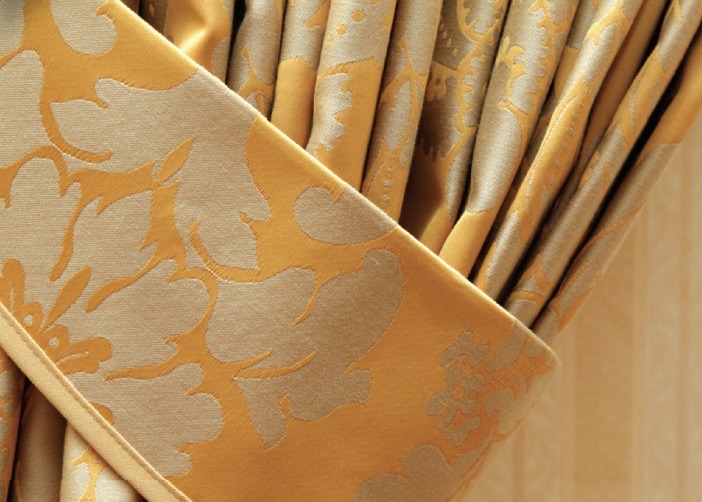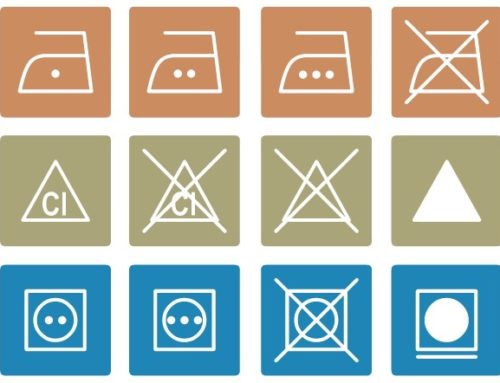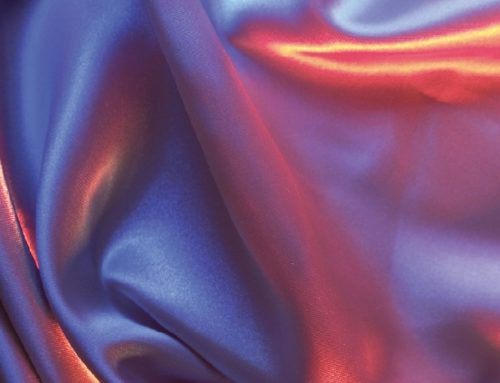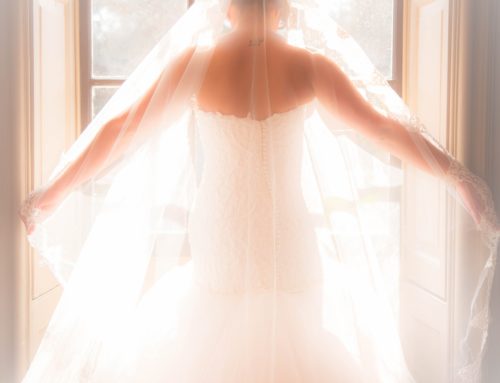Whether your home furnishings are custom-made or off the- shelf, all need a thorough cleaning from time to time to extend their useful life.
A consumer guide from Santoros Cleaners
We know that creating that special ambiance in your home took time. Whether your home furnishings are custom-made or off the- shelf, all need a thorough cleaning from time to time to extend their useful life. That’s where we come in.
Draperies
We clean and restore a lot of draperies. With proper care, draperies made of an average grade of fabric can be expected to last three to five years. A higher price does not necessarily mean that they will last longer than less expensive draperies.
The greatest concern with draperies is the conditions they are exposed to in your home. That’s why we carefully examine and evaluate them before undertaking any cleaning procedures.
- Sunlight can discolor and weaken fabric resulting in a shredding of the drapes after a cleaning process.
- Exposure to moisture and humidity from rain, window condensation, leaks, or pet stains can cause dye bleeding and stubborn water rings that may be impossible to remove.
- If the fabric has not been properly preshrunk, drycleaning, laundering, or wetcleaning can cause shrinkage. Industry standards allow for two to four percent shrinkage in household fabrics—a significant amount on a ceiling-to-floor length drapery. Loosely woven fabrics or those made of rayon and acetate blends are more susceptible to shrinkage. Separate linings, on the other hand, may not shrink at the same rate.
- Insulated or reflective coated backing may degrade to the point that some of the coating actually comes off.
- The combined effects of age, moisture, light, heat, smoke, and other atmospheric soils can cause fabrics to become permanently discolored.
Unfortunately, even with the greatest precautions, after draperies and other fabric window coverings are cleaned, existing damage will sometimes become evident. For this reason, we discuss possible results before cleaning and require customer consent prior to undertaking any requested service.
Bedspreads and Comforters
Sometimes we are asked to clean bedspreads and comforters simply because of their size. Other times it’s because the care instructions read “professional care is best.” Save any care instructions, as they may be on a temporary label or on the packaging instead of being attached to the item since care labels are not required on household items. We strongly suggest that all matching or coordinating items are cleaned at the same time. This way any color changes, however minimal, will be uniform. Whatever the circumstance, we double check all available information and examine the fabric and construction before beginning any cleaning process.
Upholstery
Upholstery is usually cleaned by a professional cleaning process while still on the furniture. This ensures that the cushion covers continue to match the rest of the furniture, and it reduces the possibility of shrinkage. The zippers on furniture cushions are generally used by the manufacturer to get the cushion into the upholstery covering, not to remove the covering for cleaning. Cleanability codes have been adopted by the American Furniture Manufacturers to help consumers better understand upholstery care. The codes can often be found attached to the upholstery item or may be found on a temporary label.
Cleanability Codes
Cleanability Code W: Spot clean, using the foam only from a water-based cleaning agent, such as a mild detergent or non-solvent upholstery shampoo product.
Cleanability Code X: Clean this fabric only by vacuuming or light brushing. Water-based foam or solvent-based cleaning agents of any kind may cause excessive shrinking, fading, or possible pile distortion.
Cleanability Code S: Clean with pure solvent in a well-ventilated room. Cleaning by a professional furniture cleaning service only is recommended. Use of water-based or detergent-based solvent cleaners may cause excessive shrinking.
Cleanability Code W-S: Spot clean this fabric either with a mild solvent or water-based cleaning agent.
All of the preceding codes were designed by the fabric manufacturing industry.
Caution: The following caution note is applicable to all codes: Never remove cushion covers for separate drycleaning or washing. Any tumble cleaning method can destroy the back, shrink, or otherwise damage upholstery fabric.
Helpful Tips How long your home interior furnishings last depends in part on their selection and on the care you give them.
Here are some helpful hints to prolong their usefulness:
- Consider the amount of sun exposure the fabric will receive. Silk is the most vulnerable to light, and acrylic and polyester fibers are the most resistant, so keep this in mind when choosing your home furnishings.
- Rotate draperies to vary light exposure.
- Save all care instructions. Bring them to the cleaner with your item.
- Vacuum your home furnishings frequently to prevent buildup of dust and airborne particles.
Article from Dry Cleaning & Laundry Institute International






